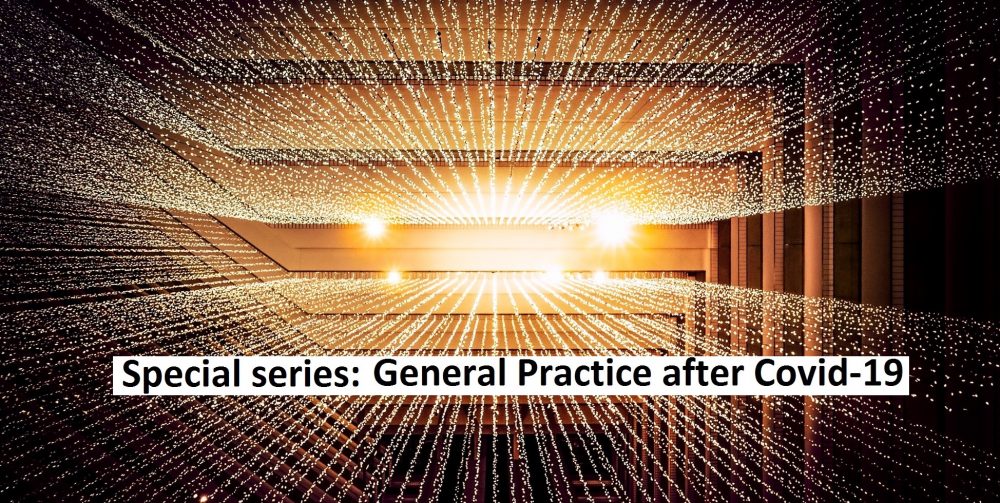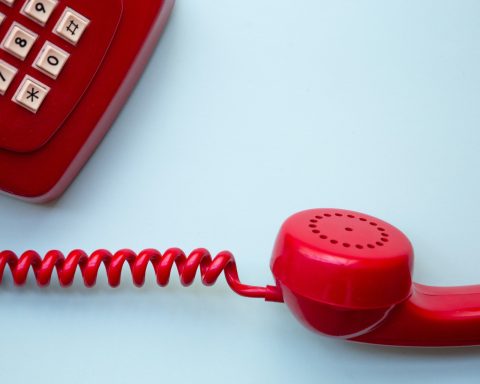 Richard Armitage is a GP and Clinical Lead affiliated with the Division of Epidemiology & Public Health at the University of Nottingham. He is on Twitter: @drricharmitage
Richard Armitage is a GP and Clinical Lead affiliated with the Division of Epidemiology & Public Health at the University of Nottingham. He is on Twitter: @drricharmitage
COVID-19 has not only demanded the care and expertise of health systems globally, but required professionals and services to rapidly develop novel and dynamic ways of working. In no other specialty has this been more the case than general practice, the face of which has been disfigured in myriad ways. But while our new working strategies are untested and reactive, not all should be regarded as substandard and temporary. One potential feature of post-pandemic general practice is a greater role for remote patient monitoring.
SARS-CoV-2 infection is able to induce ‘silent hypoxia’ – markedly reduced pulse oximetry readings in the absence of significant symptoms – which may act as a harbinger of imminent clinical deterioration, and is predictive of poor early outcomes. Many NHS England localities rapidly deployed services to remotely monitor the pulse oximetry readings of those patients with confirmed or suspected COVID-19 infection most at risk of silent hypoxia. Known as ‘COVID Oximetry @home,’ all such patients over the age of 65 years, and those of any age with extreme clinical vulnerabilities, are eligible for the service in which pulse oximeters are distributed to patients and used thrice daily after being trained to do so. Patients are instructed how to react to their pulse oximetry readings by use of a traffic light system – for most patients, ≥95% requires no further action beyond on-going monitoring (green), 93-94% triggers the patient to call primary care (amber), and ≤92% prompts the patient to call 999 (red). These pathways necessitate collaborative multi-agency working partnerships between general practice, acute hospitals, out-of-hours providers, and ambulance services. Early evidence suggests these services can be feasible, acceptable and effective, although further research is needed to increase the confidence of these findings and to understand their generalisability.
These pathways necessitate collaborative multi-agency working partnerships between general practice, acute hospitals, out-of-hours providers, and ambulance services.
Three key benefits of remote patient monitoring are embodied in COVID Oximetry @home services. Firstly, patients are empowered to track the status of their own health, thus regaining the sense of agency commonly lost when unwell or under the care of a clinician. Patients can safely remain in the comfort of their own home, avoiding arduous and unsettling hospital visits, and confidently seek help when needed. Secondly, unnecessary hospital admissions can be averted. Such community triaging promotes the appropriate escalation of deteriorating patients, while protecting over-burdened acute services from unecessary presentations. Thirdly, the workload in general practice might be reduced. The provision of a simple tool, training for its use, and instructions on how to respond, empowers patients with useful information that may reduce the need to contact primary care.
The Nottingham City experience of its COVID Oximetry @home service has generated numerous case studies of positive outcomes for both patients and local acute services. For example, a 79-year-old man with confirmed COVID-19 infection was diagnosed with silent hypoxia and admitted under the local respiratory team for proactive treatment, leading to a shorter inpatient stay and more favourable outcome than would have likely occurred following delayed admission in response to clinical deterioration. In another case, an 86-year-old woman with multiple comorbidities was able to avoid hospital admission and safely remain at home with regular telephone contact from general practice discussing her respiratory symptoms and pulse oximetry readings. Patient feedback to date has been overwhelmingly positive on the grounds of perceived accessibility, effectiveness, and quality of care.
Remote home monitoring could be deployed for non-communicable diseases.
The necessity for remote patient monitoring during COVID-19 has shown the value of this strategy and unlocked its potential to improve patient outcomes. Rather than being stood down as we move beyond the pandemic, this tool should be broadened in scope and widened in scale to become a permanent feature of general practice. A model similar to the COVID Oximetry @home service could be utilised for any case of acute respiratory infection, as well as subsequent pandemics that inevitably lie in our future. Beyond infective illness, remote home monitoring could be deployed for non-communicable diseases including atrial fibrillation, asthma, hypertension and diabetes, using simple tools analogous to the pulse oximeter. In doing so, similar benefits could accrue to patients, acute care and general practice, as are currently enjoyed through COVID Oximetry @home services.
Featured photo by Joshua Sortino on Unsplash






